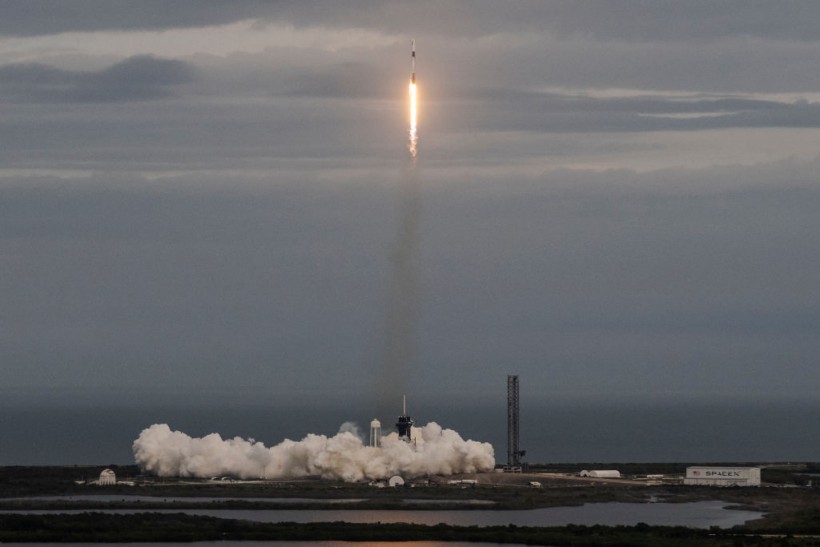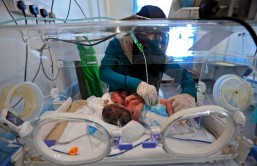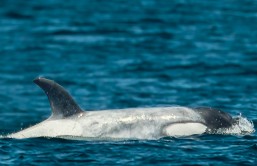A SpaceX Falcon 9 rocket embarked Thursday on a groundbreaking private mission to the International Space Station (ISS). The crew includes the first Turkish astronaut, alongside other European members.
The launch was broadcasted in real-time through a collaborative Axiom-SpaceX webcast. The live online stream showed the ascent of the 25-story-tall launch vehicle against the partly cloudy backdrop of Florida's Atlantic coast.
Ax-3 as First All-European Commercial Astronaut Mission
A SpaceX Falcon 9 rocket with its Crew Dragon capsule launches from pad LC-39A during Axiom Mission Three (Ax-3) at the Kennedy Space Center, in Cape Canaveral, Florida, on January 18, 2024. An all-European crew including Turkey's first astronaut are poised to blast off to the International Space Station in a mission with Axiom Space, as countries hungry for a taste of space turn increasingly to the private sector.
The planned liftoff for the SpaceX Falcon 9 rocket was originally scheduled for Wednesday. However, the mission experienced a delay as the company conducted essential final checks before proceeding with the launch.
Benji Reed, Senior Director of Human Spaceflight Programs at SpaceX, informed reporters during a Tuesday news briefing that teams worked through the weekend to address parachute issues on the capsule atop the Falcon 9 rocket.
Aboard the spacecraft are Alper Gezeravcı, a fighter pilot from the Turkish air force, Walter Villadei, a member of the Italian air force, and Marcus Wandt, a Swedish test pilot and part of the 2022 European Space Agency Astronaut Group.
Accompanying them on the journey is Michael Lopez-Alegria, a former NASA astronaut who currently serves with the organization orchestrating this private spaceflight.
Upon reaching its destination, the spacecraft's four crew members will devote a two-week period to conducting experiments, engaging with school children, and savoring the panoramic views of Earth before embarking on their return journey.
Axiom Mission 3 (Ax-3), the mission's name, is recognized as the first-ever all-European mission to the ISS. The expense per person for the trip is set at $55 million or more for each of the three countries involved.
Read Also: Axiom's Ax-3 Mission Set for Jan. 18 Launch
Ax-3 Aligned with NASA's Plans to Retire ISS
The ongoing mission is part of NASA's ongoing support for private sector projects, aimed at promoting commercial activities in Earth's orbit.
Over the years, the United States has actively worked to boost business endeavors in space, which the agency calls commercial low Earth orbit destinations, or CLDs. This effort aligns with NASA's strategy to retire the International Space Station, allowing private space stations to take the lead.
The goal is to have one or more of these stations in orbit and certified for use by NASA astronauts by the late 2020s. This strategic transition from the ISS to commercial facilities is anticipated by 2030.
Although there isn't a strict obligation to cease ISS operations by the end of the decade, NASA emphasized a strong commitment to transitioning to new platforms as soon as they become accessible.
The objective is to enable the space agency to concentrate on more ambitious missions within the solar system, including those directed towards the moon and Mars.
Related Article: NASA Delays Artemis Missions: Plans to Send Astronauts for Moon Explorations Push Back








